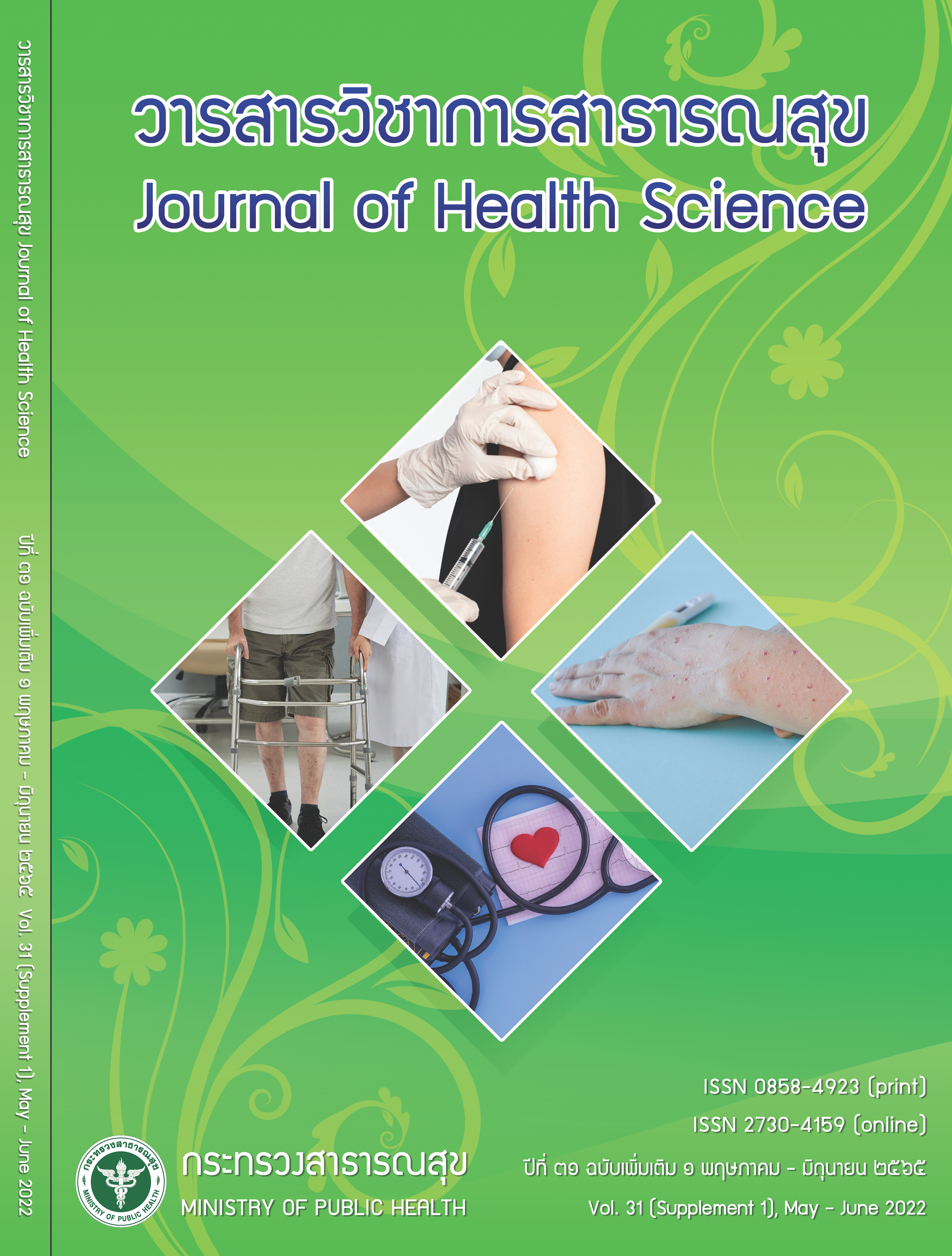Comparison between Robotic Assisted Gait Training and Conventional Gait Training in Stroke Patients: A Randomized Controlled Trial
Keywords:
robotic-assisted gait training, rehabilitation, gait trainingAbstract
The objective of this study was to compare between robotic-assisted gait training and conventional gait training in stroke patients. The study design was a randomized controlled trial. The samples were 18-75 years stroke patients with the first stroke that had symptoms of the disease for more than 1 month up to the date of the study but not more than 1 year, able to walk with the Functional Ambulatory Category (FAC) ≥2. The participants were divided into 2 groups: the experimental group and the control group. Both groups received the same basic exercise for 30 minutes after that the experimental group received robotic-assisted gait training for 30 minutes while the control group received gait training on flat ground by a physical therapist for 30 minutes. Training was performed 3 times a week for 4 weeks, 12 sessions in total. The statistics analysis was performed by using descriptive statistics, and comparing data differences between the experimental group and the control group by using independent t-test and Mann Whitney U test. As for the results, there were 62 subjects who participated in full 4 weeks (31 persons in each group). It was found that there was no statistically significant difference on the main measure; the gait speed, the second; the balance by the Berg balance scale (BBS), the level of recovery of stroke patients by the National Institute of Health Stroke Scale, Thai version (NIHSS-T) and Functional Ambulatory Classification (FAC) between the 2 groups (p>0.05). From the results of the study, it was concluded that between walking training with robotic-assisted gait training and conventional gait training, there were no differences in walking speed, balance and walking ability.
Downloads
Downloads
Published
How to Cite
Issue
Section
License

This work is licensed under a Creative Commons Attribution-NonCommercial-NoDerivatives 4.0 International License.







